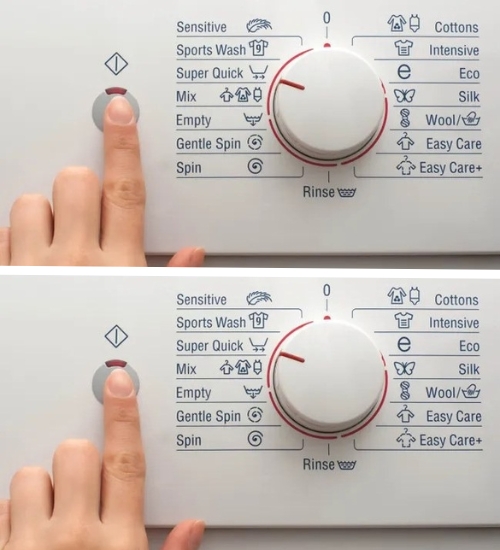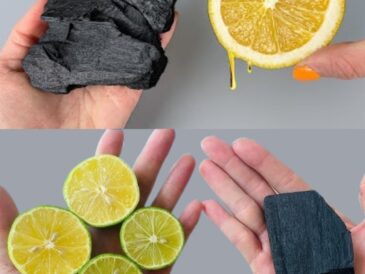💬 Quick Isn’t Always Better
In today’s busy world, we love anything that saves time — including the quick wash cycle on our washing machines. 🧺⏱️ It promises fresh clothes in less than half the time of a regular cycle. Sounds perfect, right?
Not so fast.
While convenient, the quick wash cycle isn’t the magic solution many people believe it to be. In fact, using it too often can damage your clothes, waste resources, and leave laundry less clean than you think.
Let’s dive deep into why you should think twice before hitting that quick wash button.
⚡ What Exactly Is the Quick Wash Cycle?
The quick wash (sometimes called “speed wash” or “express cycle”) is a shortened wash program designed for lightly soiled clothes. It typically lasts 15 to 30 minutes, compared to the standard 1-2 hour full wash cycles.
Quick wash cycles:
- Use less water 💧
- Agitate clothes for a shorter time
- Often use higher temperatures briefly to compensate for shorter washing
They are meant for small loads that just need a refresh — not for heavily soiled or stained items.
🚩 Why You Should Avoid the Quick Wash Cycle for Most Loads
✅ 1. It Doesn’t Properly Clean Heavy Soiling
Quick wash cycles are not powerful enough to remove:
- Dirt
- Sweat
- Grease
- Food stains
The short wash time means detergent doesn’t fully break down grime. Your clothes may smell fresher temporarily, but they aren’t truly clean. 🧴👕
✅ 2. It Can Leave Behind Detergent Residue
Because the cycle is so fast, detergent may not completely rinse out of your clothes. This residue can:
- Cause skin irritation 🧴
- Damage delicate fabrics
- Leave clothes stiff or dull over time
✅ 3. It Can Cause More Wear and Tear
Quick wash cycles often use higher speeds during agitation and spin to make up for the lost time. This harsh mechanical action can:
- Stretch
- Tear
- Thin out fabrics faster
So ironically, the “quick” option can shorten the life of your clothes. 👚❌
✅ 4. It’s Not Eco-Friendly (When Misused)
While quick cycles seem energy-efficient, using them incorrectly (like for dirty, heavy loads) means you’ll probably re-wash items — which wastes:
- Water
- Electricity
- Detergent
Over time, this can lead to more environmental harm than just running one regular, thorough wash. 🌍🚿
✅ 5. It’s Ineffective for Large Loads
Quick wash settings are optimized for small, lightly soiled loads.
Using it for larger batches results in:
- Poor cleaning performance
- Tangled or unevenly washed clothes
- Increased likelihood of mold and odor buildup inside the machine
🧠 When Is the Quick Wash Cycle Actually Useful?
If used correctly, quick wash does have its place:




